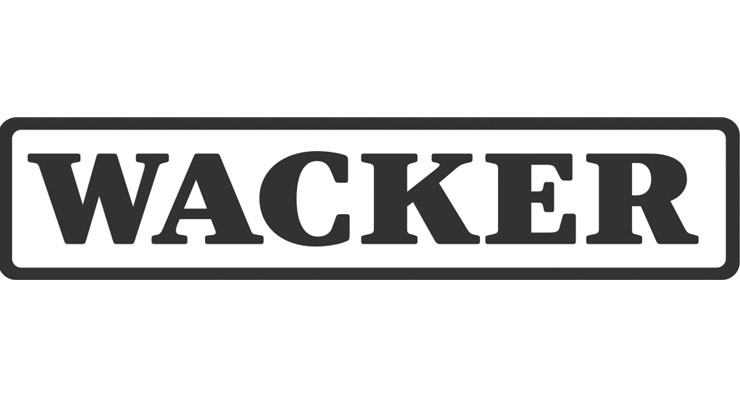WACKER Presents New Polymeric Binders Based on Renewable Sources
03.29.19
The products, which are partly made with starch or bio-acetic acid, provide enhanced solutions.
The products, which are partly made with starch or bio-acetic acid, provide enhanced solutions for moisture protection in structures or stand out by reason of their low emissions, says Peter Summo, Head of the WACKER Polymers business division.
The company uses two methods for producing binders based on renewable resources and will market these under the Vinneco product line. Five products suitable for the manufacture of interior paints and plasters were presented at the ECS. The first method uses bio-acetic acid, which occurs as a byproduct in the timber industry. In production, it is blended with traditional acetic acid, and is thus directly connected to the existing production line. WACKER applies the biomass balance method to verify the proportion of bio-acetic acid in the finished product.
For the second method, WACKER is cooperating with Dutch company Dynaplak. Starch, a side-stream product of potato processing, is among the materials used in the production of Vinneco dispersions. Experts at Dynaplak use an innovative technology to modify the starch and improve its performance. The enhanced product is then combined with polymers based on vinyl acetate-ethylene (VAE) to create a new, hybrid binder with a modified biopolymer content of 30%. This allows the VAE content, which is usually produced from fossil raw materials, to be reduced by around a third. As a result, the manufactured product has a lower carbon footprint, says the company.
The company uses two methods for producing binders based on renewable resources and will market these under the Vinneco product line. Five products suitable for the manufacture of interior paints and plasters were presented at the ECS. The first method uses bio-acetic acid, which occurs as a byproduct in the timber industry. In production, it is blended with traditional acetic acid, and is thus directly connected to the existing production line. WACKER applies the biomass balance method to verify the proportion of bio-acetic acid in the finished product.
For the second method, WACKER is cooperating with Dutch company Dynaplak. Starch, a side-stream product of potato processing, is among the materials used in the production of Vinneco dispersions. Experts at Dynaplak use an innovative technology to modify the starch and improve its performance. The enhanced product is then combined with polymers based on vinyl acetate-ethylene (VAE) to create a new, hybrid binder with a modified biopolymer content of 30%. This allows the VAE content, which is usually produced from fossil raw materials, to be reduced by around a third. As a result, the manufactured product has a lower carbon footprint, says the company.












